Why Buy in BULK, and How To
I’ve been talking lately about storing food. A good way to build up a food reserve quickly is to buy in bulk. I found helpful advice on a favorite site, Care2.com, that explains why buy in bulk along with how to. The pros at Care2 say:
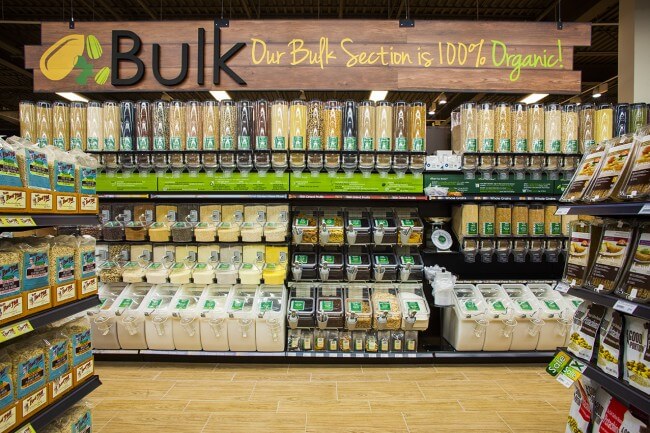
The first reason? Bulk buying saves BIG money! For instance, organic bulk foods on average cost 89% less than their packaged counterparts. In fact, usually all food costs less when you buy a larger size or choose from bins that allows packaging food yourself.
Try it. The next time you shop, compare the price of a pound of loose fresh carrots to a bag of peeled and washed baby carrots. The fresh carrots may cost one-third as much as the bagged ones. It’s also true of packaged paper goods (toilet tissue, paper towels). The more you buy, the less each one costs per unit price.
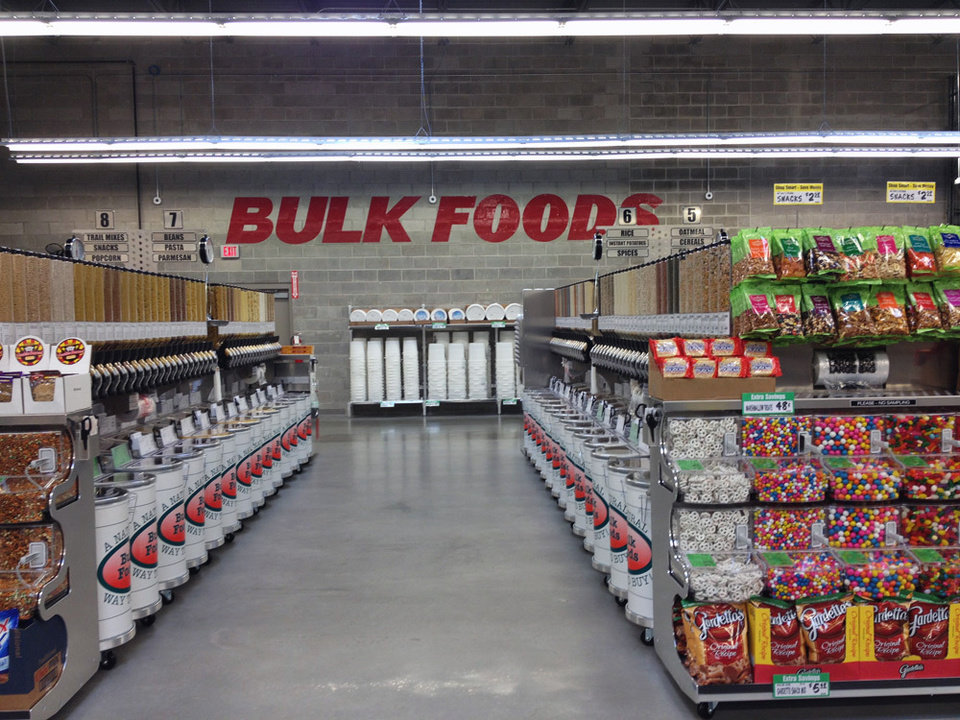
Second, buying in bulk can cut waste (which also saves $$). This is because you buy just the amount of food you need, meaning you’ll throw away less. Bulk buying also lets you stock up on items you might otherwise run out of frequently (meaning less trips to the store, which again, saves $$).
Two more excellent reasons: There’s often greater variety in the bulk bins than what you would find packaged on the shelves. And often, bulk food is fresher, as it has to be replenished more frequently than food that is packaged to promote longer shelf life.
When bulk buying, choose either foods that have a long shelf life, or that you plan to eat before they expire. If you’re buying perishable foods like meat or chicken, buy in bulk when you can cook some and freeze the rest.
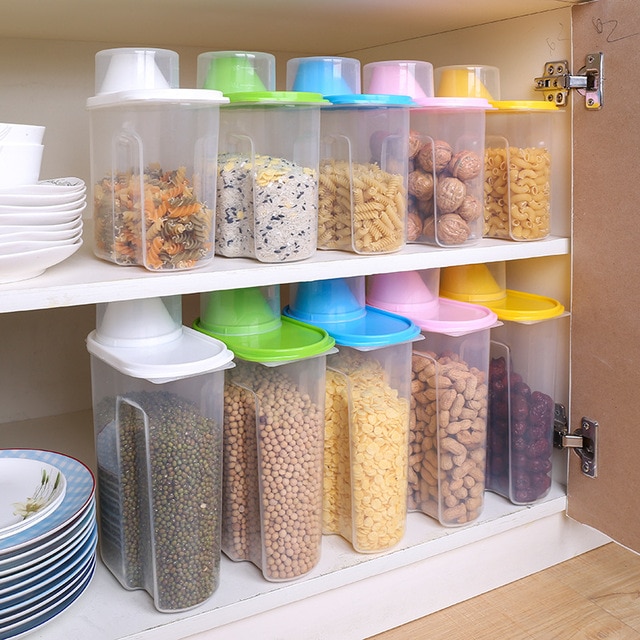
Store bulk foods in air-tight containers at room temperature or slightly cooler, or in the freezer if appropriate. If not using see-through containers, label each with the contents and date they were stored.
Finally, some items are better to buy in bulk than others. Here are the top 10 best items to buy in bulk (still quoting the experts at Care2.com):
Dried Beans and Pasta. Dried pasta can last up to two years in a sealed container; dried beans can last about a year. Buy them either in large containers at warehouse clubs, or bag them yourself at your local grocery store or food co-op. Consider lentils, peas, garbanzo beans, black beans and navy beans, among others.
Rice. White rice can last about a year; brown rice about six months. Store it in air-tight containers and use it until you need to replenish it. The idea isn’t to buy it and not use it!
Pepper. Whole peppercorns can last as long as three years, though ground pepper only lasts about 6 months.
Snack Foods. A large bag of chips costs significantly less than individual bags packaged together, and generates a lot less waste. If you need snack sizes to take in your lunch or send with the kids to school, buy reusable snack boxes and refill those from the large bag.
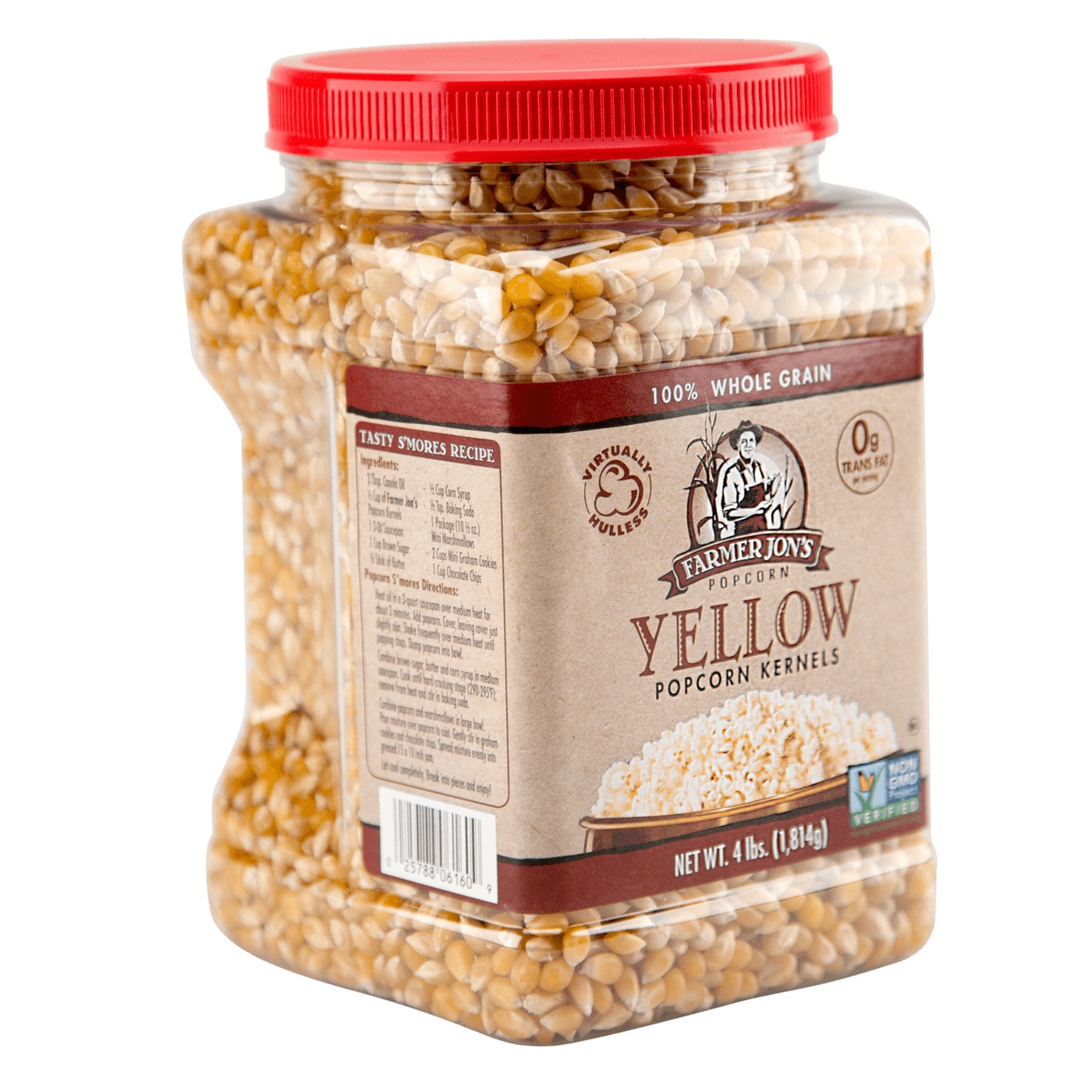
Popcorn. Popcorn kernels seem to last forever. Get the largest size you can find on the shelf, or buy in bulk by the pound. Popping your own popcorn is definitely cheaper than buying microwave popcorn, which comes in a serving bag as part of a box or package that’s additionally wrapped.
Chicken. Large packages of chicken wings, legs, breasts and thighs are always cheaper than smaller servings. Buy the bulk size, then divvy up into smaller portions when you get home. Wrap in aluminum foil, then put into a plastic freezer bag, along with the date. Use within 3 months.
Meat. Like chicken, most meat is cheaper when you buy more of it. Buy large packages of steaks or chops, then divide into portions, wrap and freeze. Do the same with ground beef.
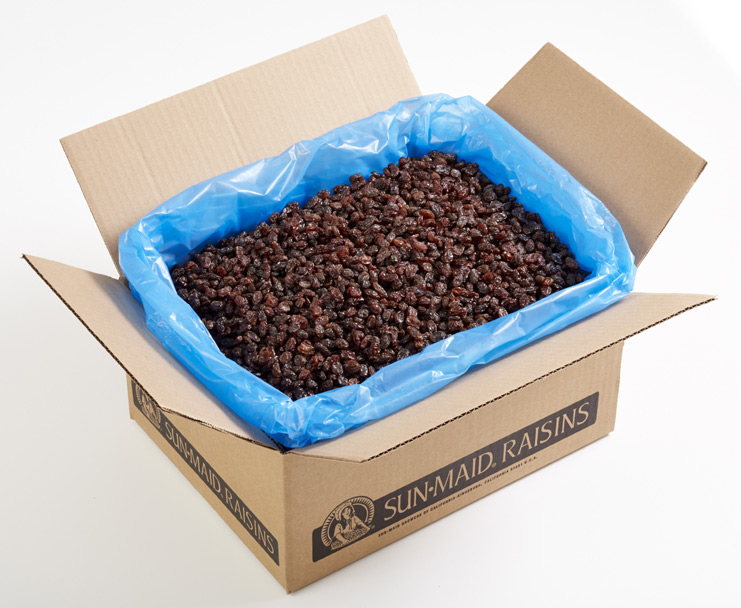
Raisins. They keep well in airtight containers. They’ve been expensive lately, and it doesn’t look like their price is going to drop much, if at all. So when on sale, stock up!
Condiments. Mustard, ketchup, and hot sauce usually have so much salt in them that you can buy the largest size you can use and not worry about it going bad. The same is true of relishes and pickles.
Toilet Paper and Paper Towels. True, these aren’t foods, but it makes good sense to buy in bulk. If you have the storage space, buy a 12-pack rather than a 4- or even 8-pack.
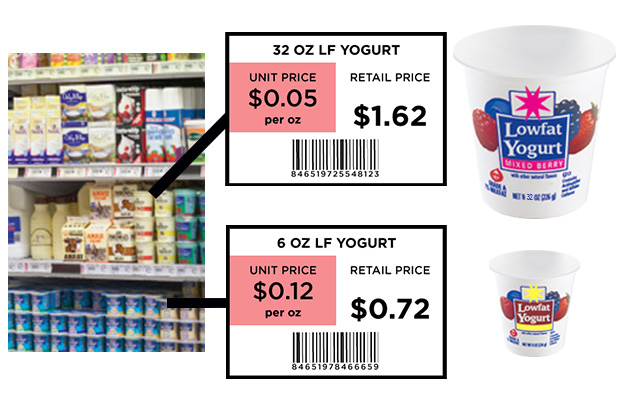
Care 2 closes their bulk-buying advice with this last thought: Get in the habit of comparing unit prices of foods you buy often to find the best bulk deals. You can usually locate the unit price in the top left corner of the shelf label that gives the price for the product. Though you will pay less for the small product, you’ll probably pay more per unit price.
- www.keywordbasket.com
- www.newsok.com
- www.aliexpress.com
- www.farmerjohnspopcorn.com
- www.market.sunmaid.com
- www.choosemyplate.gov
 Alice Osborne
Alice Osborne
Weekly Newsletter Contributor since 2006
Email the author! alice@dvo.com
